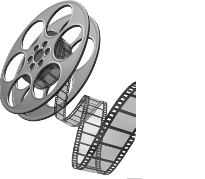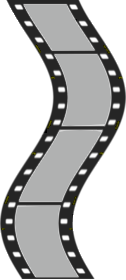The Screenwriter’s Path
From Idea to Script to Sale
The Screenwriter’s Path
From Idea to Script to Sale


Diane’s Blog
Diane's blog has moved to
 Substack
Substack where she posts every Wednesday.
Blog, Screenwriting, screenwriter, screenplay, writer, writing, original screenplay, how to write a screenplay, adapted screenplay, log line, premise, character,
character development, film, film structure, story, storytelling, storyteller, story structure, main character, supporting character, story arc, subplot,
character journey, writing the adaptation, nonlinear structure, anti-narrative film, dialogue, writing dialogue, conversational dialogue, writing action scenes,
scene structure, option agreement, shopping agreement, narration, voiceover, montage, flashback, public domain stories, pitching, rewriting, rewrite, pitch,
film business, writers group, agent, finding an agent, Diane Lake




